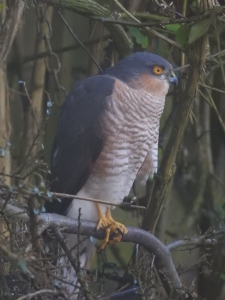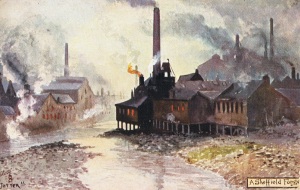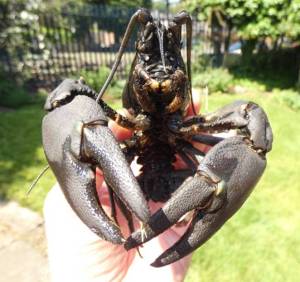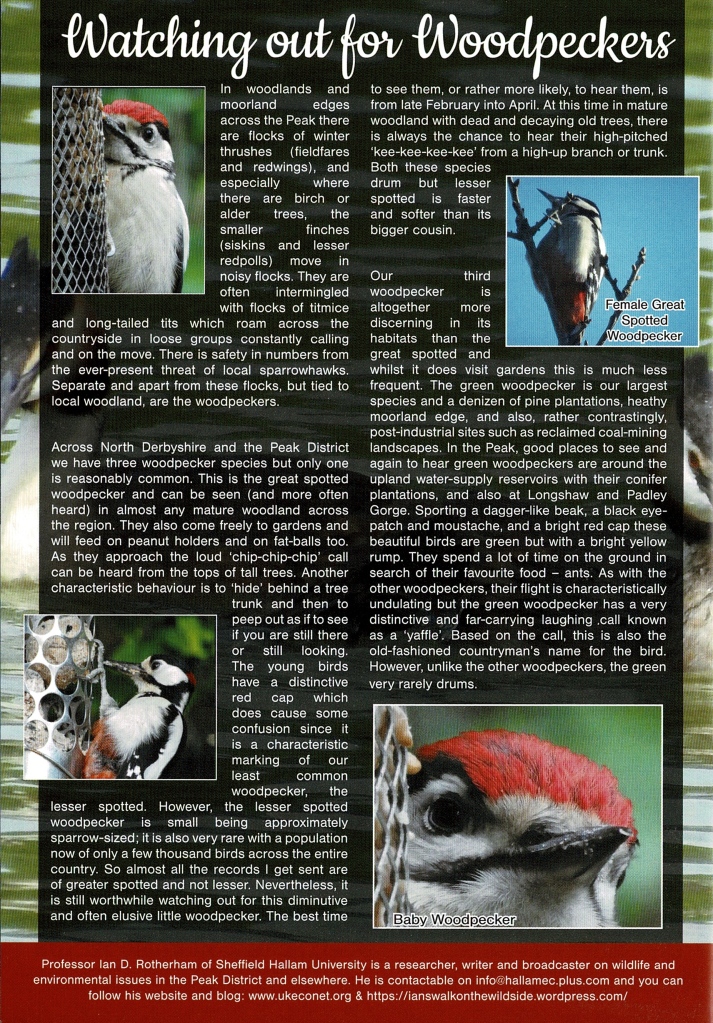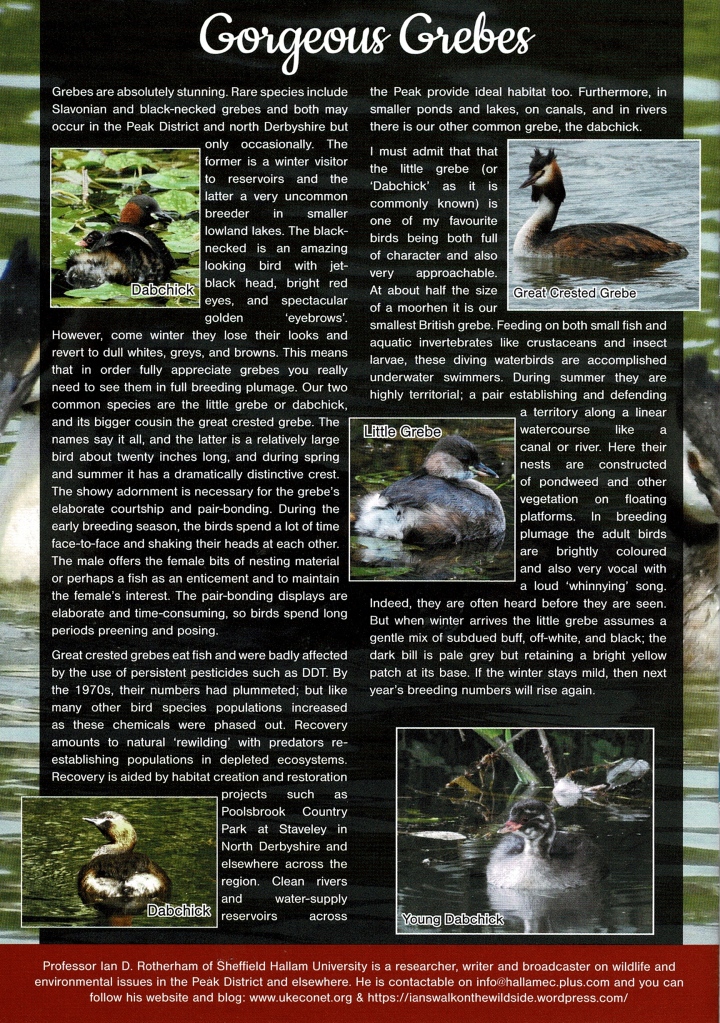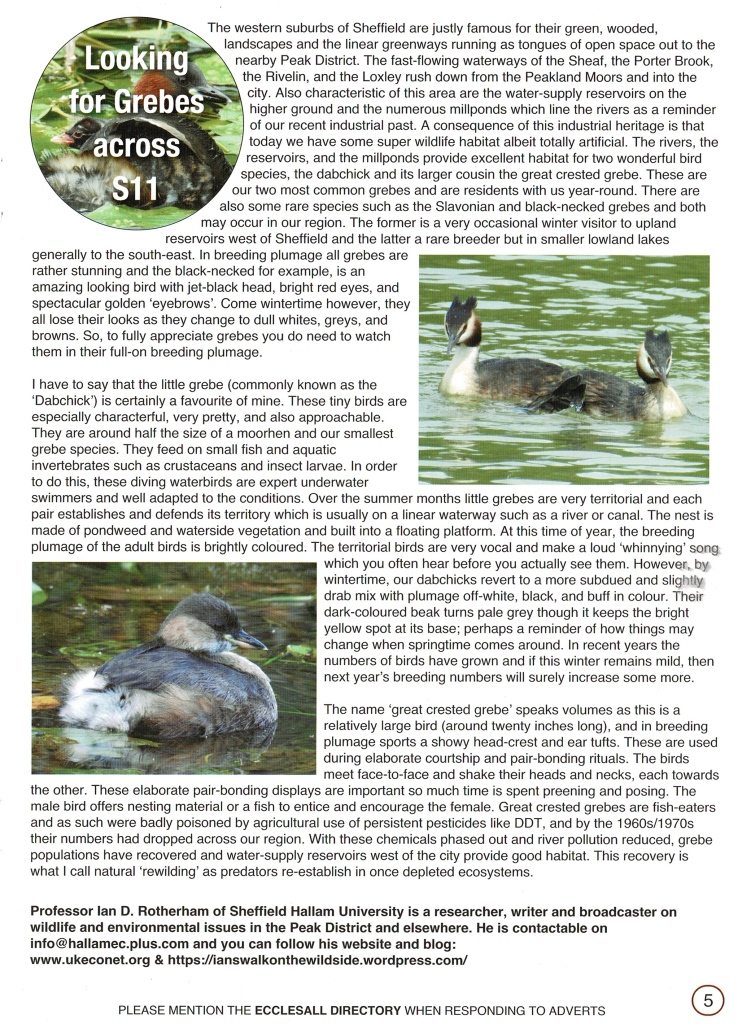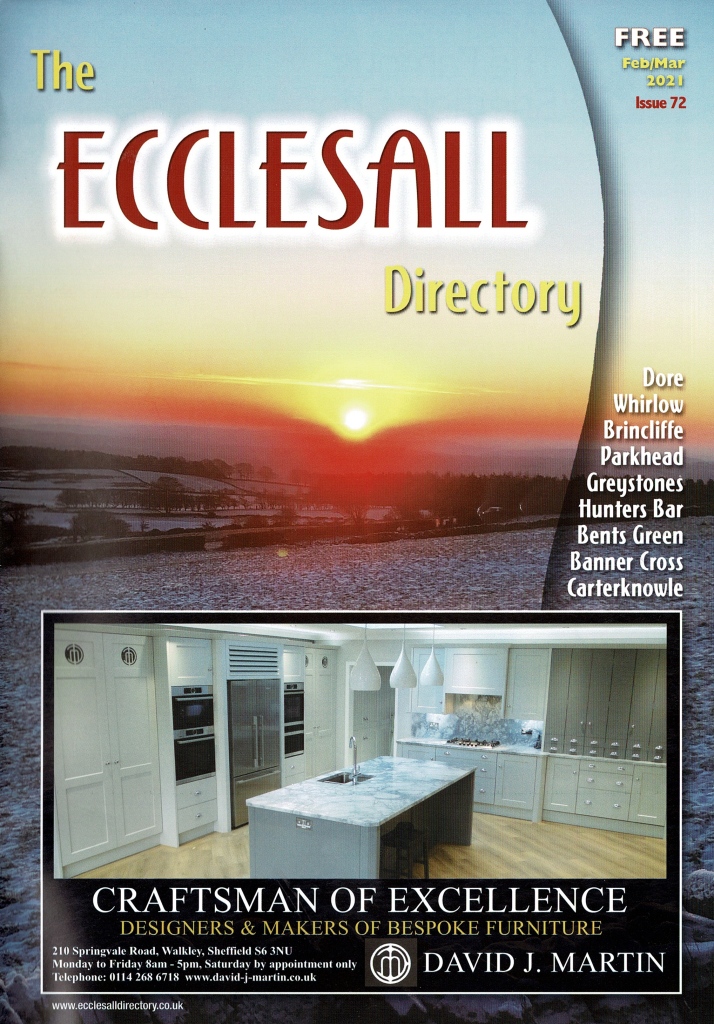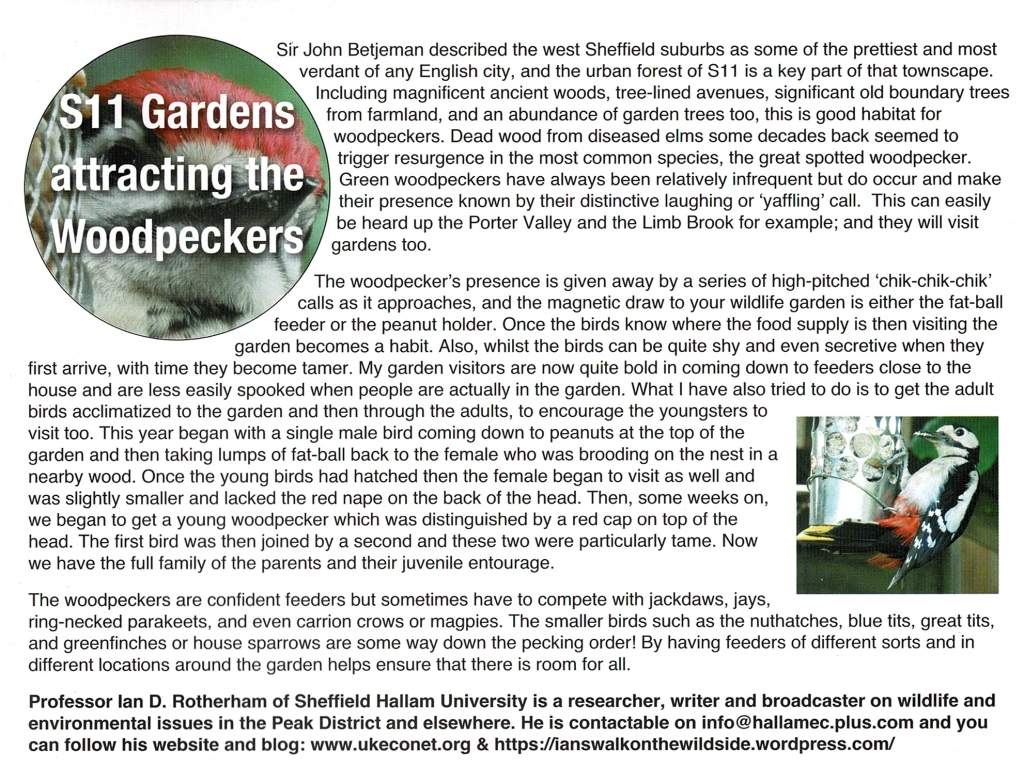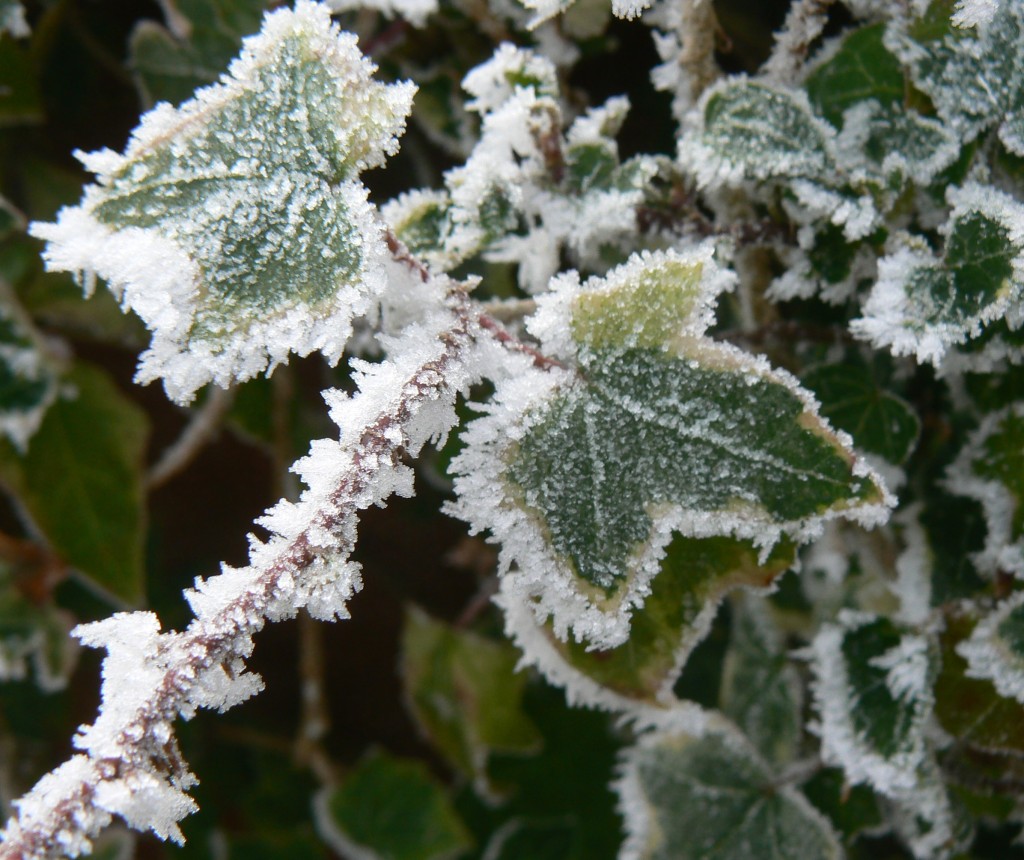-
Recent Posts
Recent Comments
Archives
- April 2024
- March 2024
- February 2024
- January 2024
- December 2023
- November 2023
- October 2023
- September 2023
- August 2023
- July 2023
- June 2023
- May 2023
- April 2023
- March 2023
- February 2023
- January 2023
- December 2022
- November 2022
- October 2022
- September 2022
- August 2022
- July 2022
- June 2022
- May 2022
- April 2022
- March 2022
- February 2022
- January 2022
- December 2021
- November 2021
- October 2021
- September 2021
- August 2021
- July 2021
- June 2021
- May 2021
- April 2021
- March 2021
- February 2021
- January 2021
- December 2020
- November 2020
- October 2020
- September 2020
- August 2020
- July 2020
- June 2020
- May 2020
- April 2020
- March 2020
- February 2020
- January 2020
- December 2019
- November 2019
- October 2019
- September 2019
- August 2019
- July 2019
- June 2019
- May 2019
- April 2019
- March 2019
- February 2019
- January 2019
- December 2018
- November 2018
- October 2018
- September 2018
- August 2018
- July 2018
- June 2018
- May 2018
- April 2018
- March 2018
- February 2018
- January 2018
- December 2017
- November 2017
- October 2017
- September 2017
- July 2017
- June 2017
- May 2017
- April 2017
- March 2017
- February 2017
- January 2017
- December 2016
- November 2016
- September 2016
- August 2016
- July 2016
- June 2016
- May 2016
- April 2016
- March 2016
- February 2016
- January 2016
- December 2015
- November 2015
- October 2015
- September 2015
- August 2015
- July 2015
- June 2015
- May 2015
- April 2015
- March 2015
- February 2015
- January 2015
- December 2014
- November 2014
- October 2014
- August 2014
- July 2014
- June 2014
- May 2014
- April 2014
- March 2014
- February 2014
- January 2014
- December 2013
- November 2013
- October 2013
- September 2013
- August 2013
- July 2013
- June 2013
- May 2013
- April 2013
Categories
Meta
Blog Stats
- 201,658 hits
The River Don as a recombinant ecological system
Posted in Latest News
Leave a comment
The Carbon Farmer
The Carbon Farmer | The Top Of The Tree
Press Release – Embargoed until Tuesday 4th December 00:01am
New film ‘The Carbon Farmer’ paints a bright future for UK Peatland conservation, agriculture and climate action.
Hyperlink to Trailer, and Full Film (more links below).
In their current state the UK’s peatlands are a source of around 20 million tonnes of CO2 (equivalent) per year – this is the same as the yearly emissions from electricity use in two and a half million homes. A new short film premiers possibilities for achieving a brighter carbon future.
The Carbon Farmer – a sci-fi mocumentary, set roughly 100 years from present day – follows the story of a man whose family have been working the same upland farm, based on peat soils, for generations and have radically evolved in the face of climate change. In a world where tax payer’s money is used to subsidise work to maintain the health of peatlands for numerous public benefits, he and his granddaughter show what could be possible in future – what we could gain, and what we could manage not to lose. Concepts that are, at present, no more than ambitions of conservationists are shown together with plausible advances in technology and agriculture – such as hover bikes and ‘blue’ rice.
Richard Lindsay, Head of Environmental and Conservation Research at the University of East London said: “The Carbon Farmer reveals a whole new avenue of opportunity for farmers of the future. Farming for carbon means that wet agricultural land which has traditionally been regarded as ‘difficult’… is instead transformed into prime carbon farmland which also provides multiple benefits for the whole of society”
A collaboration of organisations, including: IUCN Peatland Programme; The Wildlife Trusts; the National Trust for Scotland; The National Trust; Moors For The Future Partnership and Beadamoss® Micropropagation Services, supported independent Filmmaker and Ecologist Andy Clark to present a best-practice concept to share through this film.
Stuart Brooks, Head of Conservation and Policy for the National Trust for Scotland, said: “We hope the Carbon Farmer provides food for thought for our policy makers and heralds in a new era of sustainable peatland use. The national governments of the UK have all committed to peatland conservation and support the IUCN UK Peatland Strategy. This is very encouraging and makes the prospect of the Carbon Farmer more fact than fiction.”
The film release follows the recent Committee on Climate Change report that acknowledged the magnitude of greenhouse gasses currently released from the UK’s degraded peatlands, and also called for reductions in the production and consumption of UK beef and lamb – something which reportedly angered British farmers. The Carbon Farmer suggests a positive future for sustainable agriculture – both in upland peatlands and in the lowlands. The film supports the ideas of ‘payments for ecosystem services’ as a basis for environmental management – a proposed alternative to the current Common Agricultural Policy – and explores alternative cropping solutions for lowland peatland agriculture (referencing (the currently fictional) ‘British Blue Rice’) alongside traditional grazing.
The film ends with the call to action: “Climate Change is not science fiction; our policy on it should not be either. The UK’s peatlands are currently so degraded, they are a source of around 20 million tonnes of greenhouse gasses annually. Prioritise peatland restoration for climate, and provide a cascade of public benefits.”
The Carbon Farmer will be publicly released on Tuesday 4th December, during the COP24 meeting on climate change.
Ends.
Notes to Editors
For further information or images, please contact Andy Clark, andyclark@thetopofthetree.uk 07919037681.
The film’s trailer went live on Wednesday 28th November, and can be seen / shared from the following:
https://vimeo.com/302266909/ec287b73ec
https://www.facebook.com/thetopofthetree/videos/763148514062837/
https://twitter.com/TheTopOfTheTree/status/1067685973453099008
The full short film will be publicly released on Tuesday 4th December, and will be available to be seen at:
https://vimeo.com/thetopofthetree/the-carbon-farmer
https://www.facebook.com/thetopofthetree
https://twitter.com/TheTopOfTheTree
and on the film’s webpage:
http://thetopofthetree.uk/the-carbon-farmer
Peatlands in the context of GHG emissions:
Recent CCC report stated that the UK’s peatlands are a source of 18.5 MtCO2(e) per year: https://www.theccc.org.uk/2018/11/15/reforms-must-prepare-the-uk-countryside-for-climate-change-and-ensure-that-our-use-of-land-supports-reduced-emissions/
Greenhouse gas emission from degraded peatlands have not been considered in previous GHG budget reports.
For the last few years, the UK has been steadily reducing national greenhouse gas emissions by roughly 33Mt CO2(e) per year: https://www.theccc.org.uk/wp-content/uploads/2017/06/2017-Report-to-Parliament-Meeting-Carbon-Budgets-Closing-the-policy-gap.pdf
Therefore, the UK’s degraded peatlands are currently negating roughly half of our national efforts to reduce GHG emissions, fight climate change, and adhere to the emissions targets set out in the Paris agreement.
Why are the peatlands a source of CO2(e)?
Peat is a deep, water-logged store of ancient carbon in the form of plant matter than has not decayed. When peat is drained, that carbon begins to oxidise and is released as CO2, among other greenhouse gasses. Over the last 50-60 years, the UK’s peatlands have been extensively drained for agriculture. Earlier this year, Environment Secretary Michael Gove acknowledged that under current levels of drainage and intensity of agriculture, we could have only 30 years of lowland peat soils left before they are lost forever (https://www.theguardian.com/environment/2017/oct/24/uk-30-40-years-away-eradication-soil-fertility-warns-michael-gove).
For more information on peatlands and peatland restoration:
http://www.iucn-uk-peatlandprogramme.org/
http://www.moorsforthefuture.org.uk/
Additional Quotes
Producer Andy Clark said: “It should be enough to scare us into immediate and profound action, that the UK’s peatlands are currently undermining half of our annual national efforts to reduce GHG emissions from all other sources, but it’s just not that simple to completely halt all agriculture on 12% of the UK’s land. We have to provide a viable alternative to current management, that still provides food and employment but that, at it’s core, also fundamentally restores and protects these invaluable ecosystems. The Carbon Farmer doesn’t have all the answers to those questions, but I hope that it helps get conversations going in the right direction. We need a future to look forward to, in spite of climate change.”
Chris Dean, Head of programme delivery at Moors For The Future, said: ‘20 million tonnes of carbon is stored in peat in the Peak District National Park, and that’s where we need it to stay. When I talk to farmers I detect a desire to do the right thing alongside uncertainty about funding. We need to recognise the public goods that responsible land management provides and make sure this is funded properly. This film helps us consider the contribution that farmers and land managers make to effective stewardship of their land, for the benefit of us all. The UK has the opportunity now to support management of the uplands to store carbon.’
Jonny Hughes, Chief Executive, Scottish Wildlife Trust said: “Peatlands are globally important for their role in storing carbon, supplying clean water and providing homes for rare wildlife but sadly the vast majority of these areas in the UK are damaged. The Carbon Farmer provides a fresh perspective. It shows the immense value of peatlands for wildlife, for people and for our planet, and clearly demonstrates why we should all invest in their restoration.”
Jack Clough, PhD Student of Wetland Agriculture at the University of East London, said: “The carbon farmer shows us a great vision for the future. A future where we can work with our wetlands to provide much needed carbon savings – whilst also delivering exciting benefits such as new wetland crops.”
Andy Clark
Ecologist, Presenter & Filmmaker
Posted in Latest News
Leave a comment
Thorne Moors restoration wins CIEEM award
Kieran is at about 1hr 29 mins in with footage of the moors!
https://www.youtube.com/watch?v=7RERf7JP7S4
Ian
Posted in Latest News
Leave a comment

